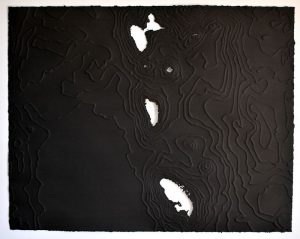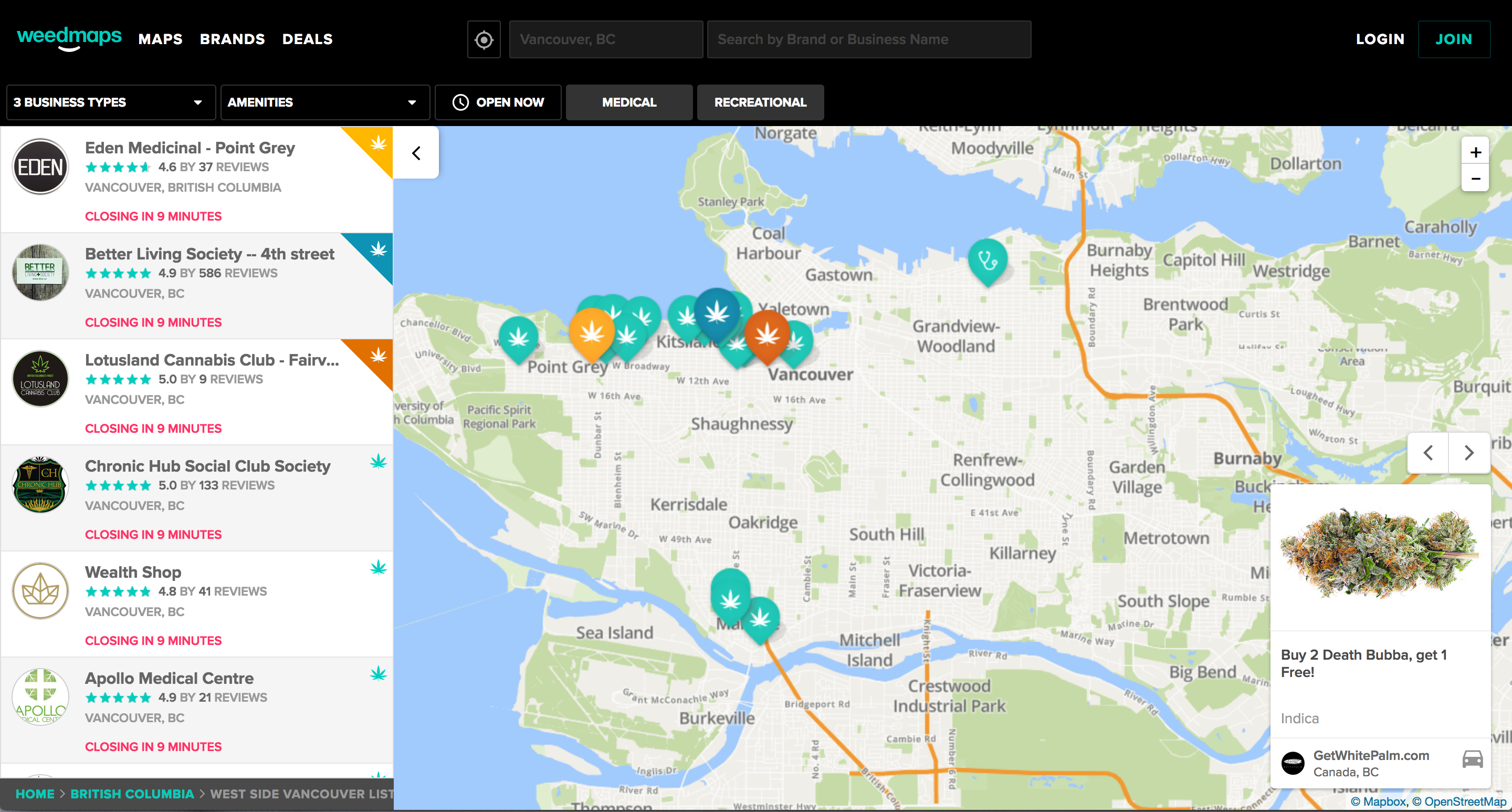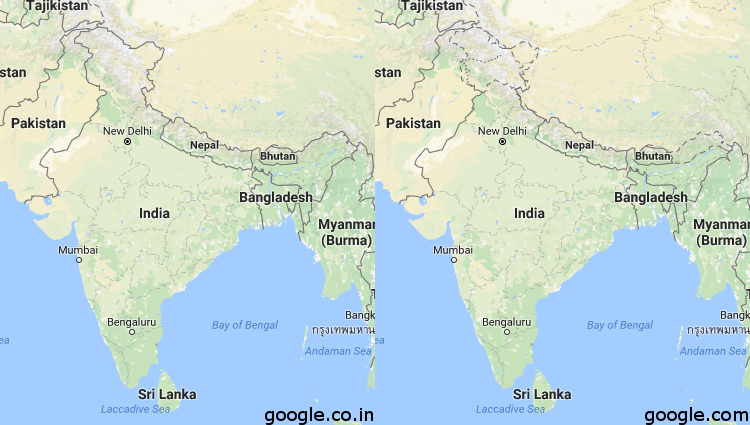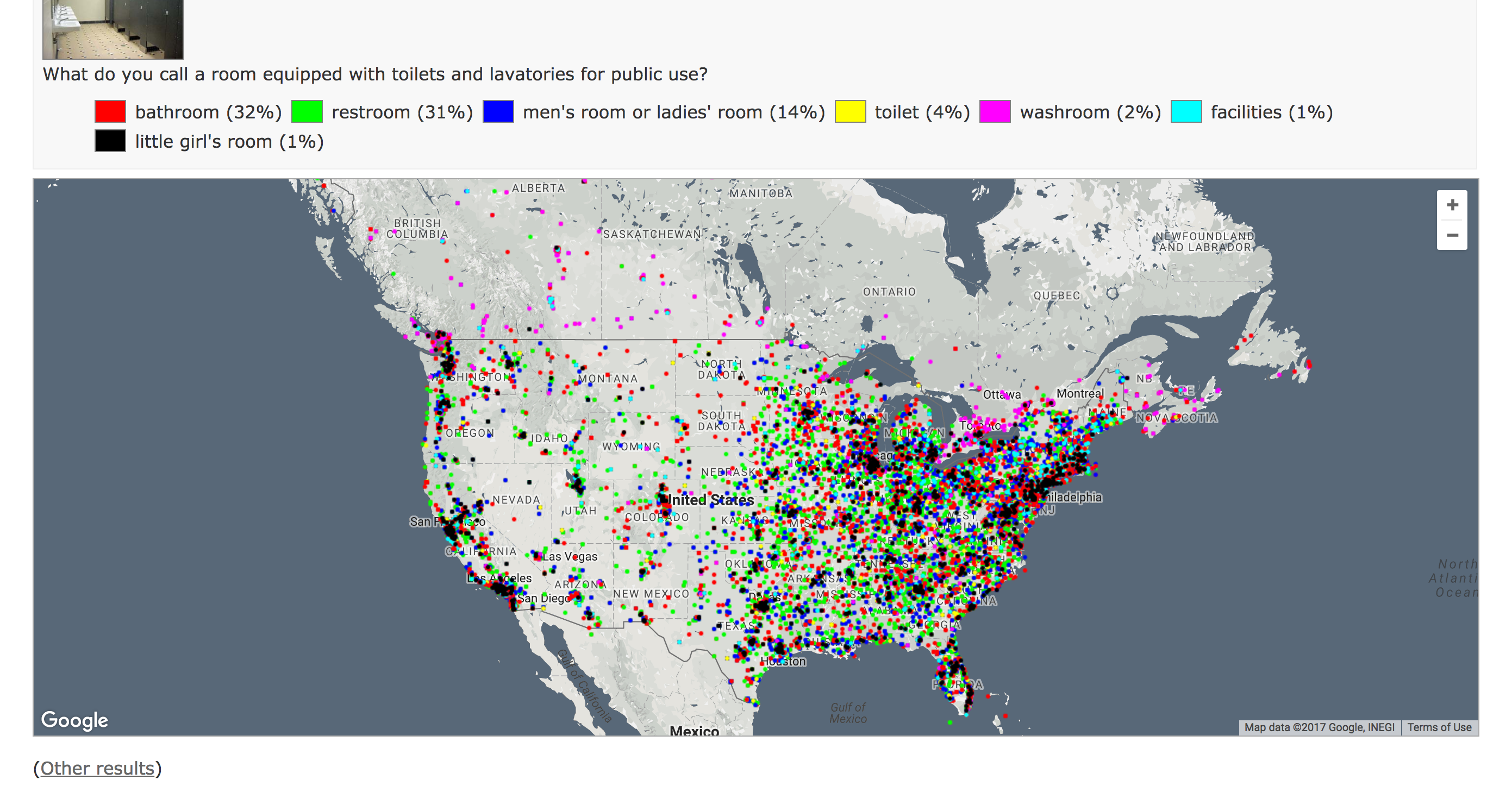A local visual artist, Natasha van Netten, explores mapping from a whale’s perspective:
My current drawings and paintings revolve around the largest, most illusive creatures alive—whales. In the advancing field of Cetology (the study of whales) data is scarce and research is often speculative and hypothetical. My work translates this scientific information into a language of accumulated marks and brush strokes to give clinical data a visual meaning while exploring this mysterious space between known and unknown information. (van Netten)
In her series titled Cetacean: Chartwork (samples below), she inverts what is positive and what is negative between water and land forms. It makes me think of an interpretation of the Nolli map. One version can be occupied by humans, and another by whales.
To see more of her mapping work:
https://natashavannetten.com/cetcean-chartwork/

Dominica: -61.339, 15.447
22″ x 28″, India ink on embossed paper, 2016

Bering Sea: -161.411°, 54.795°
22″x30″, gouache on embossed paper, 2015
 Follow
Follow



